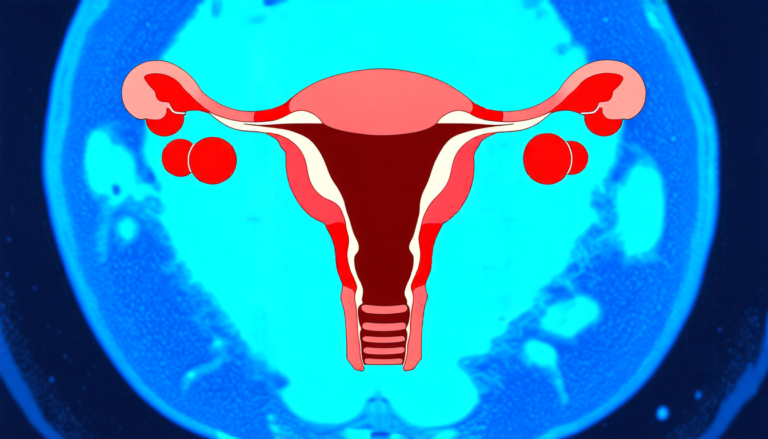Wednesday 09 April 2025
The quest for better link prediction in hypergraphs has long been a challenge for researchers in the field of network science. Hypergraphs, which allow edges to connect multiple nodes, are becoming increasingly important in modeling complex systems and networks. However, traditional methods for predicting links between nodes in simple graphs do not translate well to hypergraphs.
Enter hard negative sampling (HNS), a novel approach that uses a combination of graph neural networks and self-supervised learning to generate challenging negative samples for link prediction tasks. The authors of this paper demonstrate the effectiveness of HNS on several benchmark datasets, outperforming state-of-the-art methods in terms of accuracy and robustness.
The problem with traditional negative sampling methods is that they often rely on random selection or uniform distribution, which can lead to easy-to-predict patterns. In contrast, HNS uses a more sophisticated approach that takes into account the structure and properties of the hypergraph itself. By generating negative samples that are harder to distinguish from positive ones, HNS improves the robustness of link prediction models.
The authors’ method consists of two main components: a graph neural network (GNN) and a self-supervised learning module. The GNN is trained on the hypergraph data, learning to represent nodes and edges in a lower-dimensional space. Meanwhile, the self-supervised learning module generates negative samples by perturbing the positive samples and then passing them through the same GNN.
The results are impressive: HNS outperforms state-of-the-art methods on several benchmark datasets, including CiteSeer, Cora, PubMed, NDC-CLASS, Email-Enron, Human-Disease, and Plant-Pollinator. The authors also demonstrate the effectiveness of their method on a range of evaluation metrics, including AUPR, NDCG, and MRR.
One of the key benefits of HNS is its ability to improve the robustness of link prediction models. By generating harder negative samples, HNS reduces overfitting and improves the generalizability of the model. This is particularly important in hypergraph modeling, where complex relationships between nodes can lead to brittle models that fail to generalize well.
The authors’ approach has implications beyond just link prediction. The ability to generate challenging negative samples could have far-reaching impacts on a range of applications, from recommender systems to natural language processing.
Cite this article: “Hypergraph Embeddings: A Novel Approach to Link Prediction in Complex Networks”, The Science Archive, 2025.
Hypergraphs, Link Prediction, Graph Neural Networks, Self-Supervised Learning, Negative Sampling, Robustness, Overfitting, Generalizability, Network Science, Machine Learning
Reference: Zhenyu Deng, Tao Zhou, Yilin Bi, “Hard negative sampling in hyperedge prediction” (2025).







